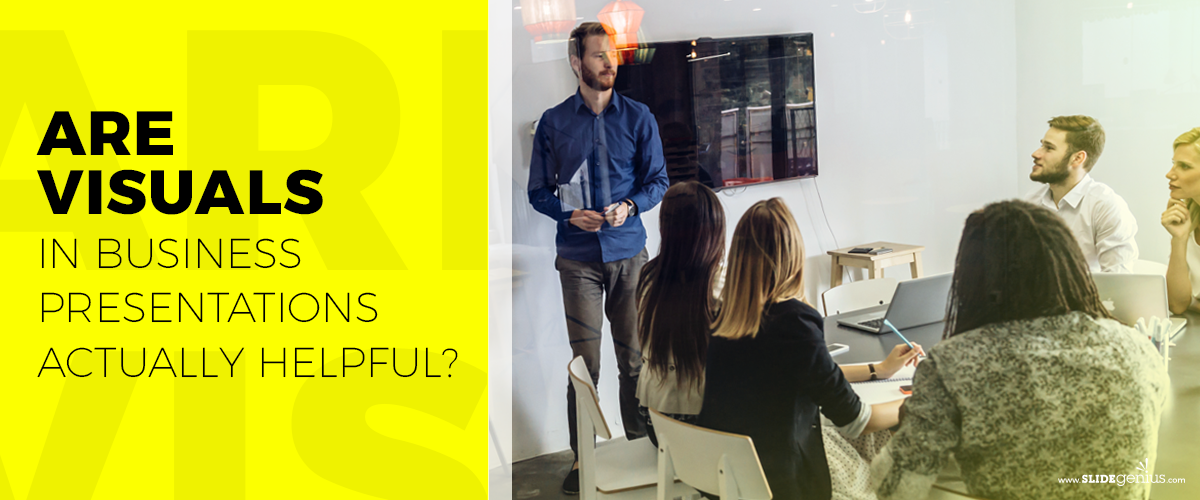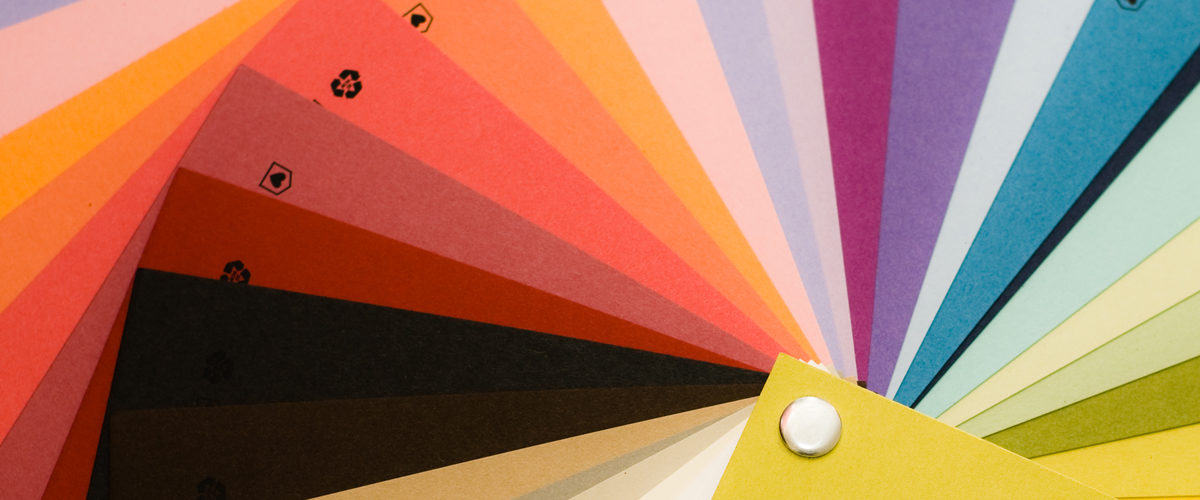
Graphic design is an often-misunderstood aspect when running a business. The uninitiated assume that designs, be it logos or marketing content, can be created easily and quickly. These are deadly assumptions to make considering the significant role graphic design plays in branding. Companies with rock solid offerings can risk floundering in competitive markets if their designs look cheap or unappealing. Graphic designers are highly skilled professionals capable of strengthening a brand’s image.
In this article, we will focus on an overlooked aspect of branding: PowerPoint presentation design. Discover how the work of a professional PowerPoint designer can help reshape the way your business is perceived in the boardroom.

Designers Deliver Messages Visually
PowerPoint design is more than simply creating aesthetically pleasing slides. Professional designers are experts of visual communication. They can take heaps of bland looking data, like monthly sales reports, financial projections, or survey results, and transform them into more visually engaging pieces of content. Their discerning eye for information helps them filter out anything that serves no value to the design and message of the presentation.
Ever felt like your presentation has too much text? Often, it probably does. Text heavy slides are still one of the most common problem most people make when creating their own pitch presentation. Professional designers are keener on showing over telling. They effectively utilize visual design elements to convey messages with only a fraction of text. This decreases clutter on the slides, making it easier for audience to interpret what being presented.
Controlling the Flow of Information
When in the hands of someone with little to no design skills, it’s very common to see the slides looking haphazardly put together with no sense of flow. Overwhelming information muddies your intended message. What good would all that information be if your audience can’t even make sense of it?
Presentation designers deliberately take control of the flow of information. From the colors, text composition, and pictures/graphics, every element serves the purpose of being more visually intuitive. It’s a matter of using these visual cues to draw the attention of someone’s eyes. They effectively put all these elements together to ensure that your audience keys into every piece of relevant information without feeling overwhelmed by it all.

Save Yourself the Headaches
There’s plenty at play when creating an effective PowerPoint. Which template should you use? Should the presentation have animations? Which visuals, tables, and graphs best illustrate your points? Professional designers can answer all these questions for you with ease. Their experience allows them to know what styles and visual flair work for every kind of presentation. Their knowledge of the ins and outs of PowerPoint enable them to fully maximize the capabilities of the program.
In times when you simply have too much work on your plate to handle creating another presentation, professional PowerPoint designers can bear that load. More so, their highly developed skills in the matter ensures a greater final product than what you could have accomplished on your own. Having designers handle creating your presentation gives you the extra time and energy to focus on areas that better fit your own expertise.
We Are SlideGenius, Your Valuable Partner
As a start-up presentation design company since 2012, we’ve experienced our fair share of work and productivity struggles. In fact, our full team is split between four different offices around the world. Meaning, we all work “remotely” from one another daily. These barriers have become normal for us, but we continuously adapt and overcome. What pulls us together is our shared passion for helping our clients succeed. From our artists, writers, web developers, animators, and project managers, we utilize our expertise in presentation design to spark invaluable growth.
At SlideGenius, we are eager to be a valuable partner to all who needs our services during this challenging time. Contact us today for all your presentation needs!





